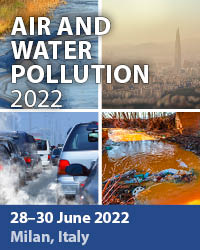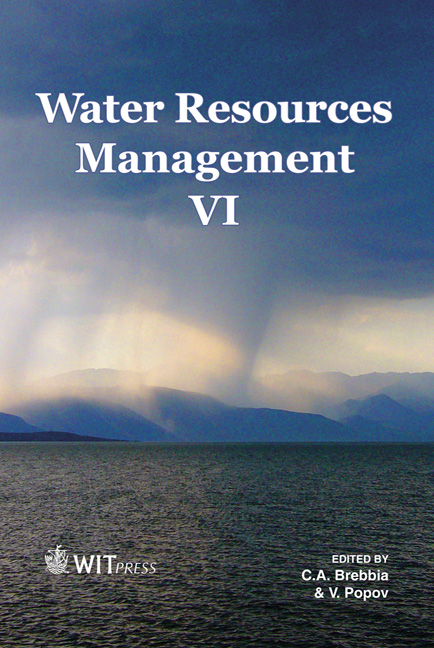Application Of Multivariate Statistical Techniques For Surface Water Quality Assessment: Case Study Of Karaj River, Iran
Price
Free (open access)
Transaction
Volume
145
Pages
10
Page Range
361 - 370
Published
2011
Size
437 kb
Paper DOI
10.2495/WRM110311
Copyright
WIT Press
Author(s)
G. Badalians Gholikandi, H. R. Orumieh, S. Haddadi & N. Mojir
Abstract
Water quality monitoring has one of the highest priorities in surface water protection policy. Multivariate statistical methods have been used successfully in hydrochemistry for many years. In the present study, evaluation of spatial variations and interpretation of Karaj River water quality data were made by using multivariate analytical techniques including factor analysis and cluster analysis. Data set consisted of 11250 observations of a three-year monitoring program (measurement of 24 variables at 20 stations from April 2006 to March 2009). Factor analysis with principal component analysis extraction of the data set yielded seven varifactors contributing to 82% of total variance and evaluated incidence of each varifactor on the total variance. Three groups of quality parameters, e.g. salinity, organic matter, and nutrients were investigated. Natural sources pollution originates most variation on water quality. Cluster analysis clustered 20 sampling sites into two major groups and demonstrated usefulness of this method for data reduction. This spatial similarity and site clustering makes possible optimal designing of the future sampling strategy that saves both time and costs. The results of cluster analysis came complete with T test and made water quality comparison between two clusters possible. Results of factor
Keywords
surface water quality, multivariate statistical techniques, factor analysis, cluster analysis, Karaj River





